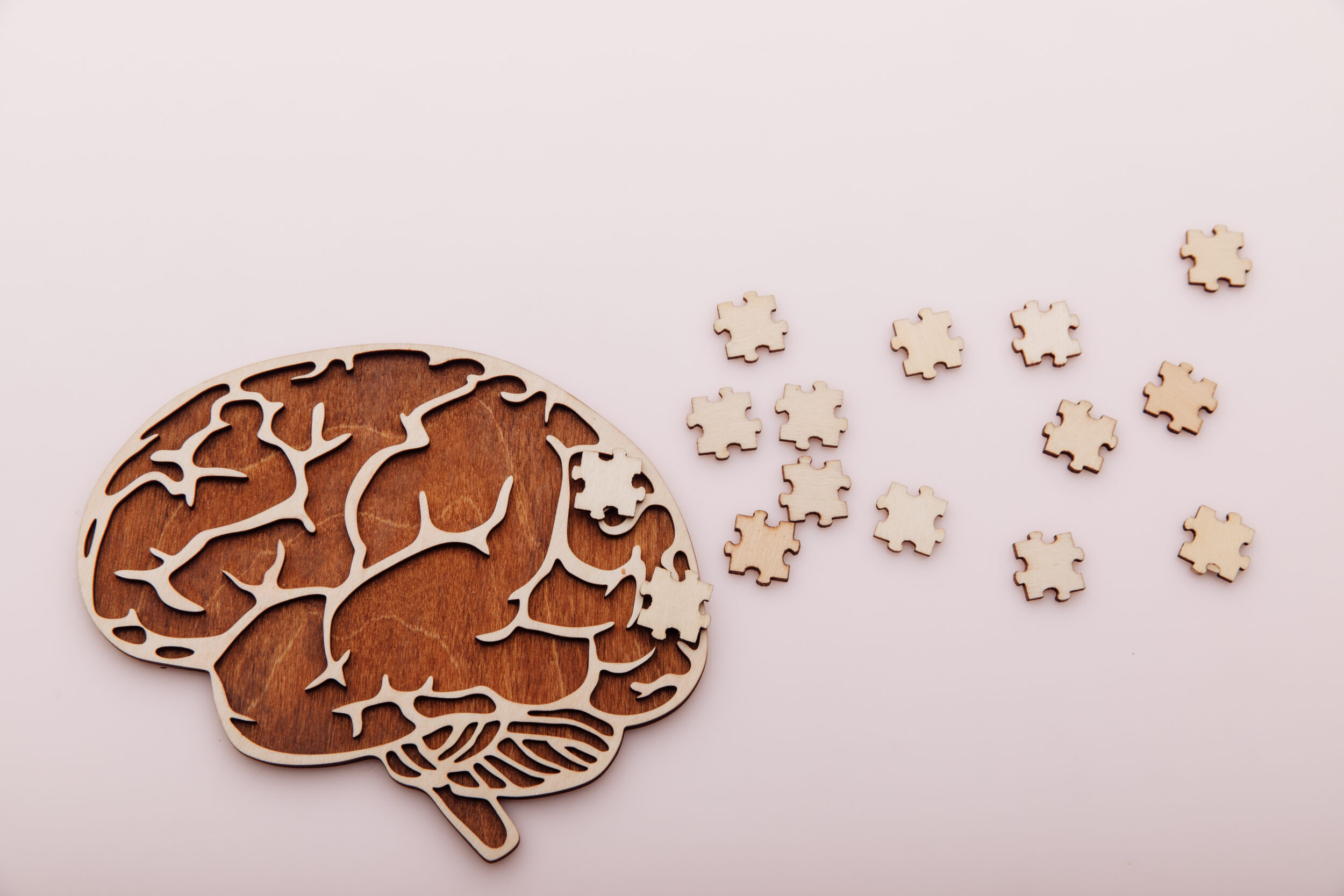In his clinical practice at the Douglas research center (McGill University), psychiatrist Simon Ducharme often faces a significant challenge: distinguishing a typical mental disorder from the earliest signs of degenerative dementia, such as frontotemporal neurocognitive disorder in middle-aged patients. The distinction is crucial since treatment approaches vary considerably depending on the diagnosis. Even so, standard cognitive assessment and brain imaging tests don’t always provide clear answers, especially in the initial stages of the disease.
This pressing clinical need led to an initiative to validate the use of neurofilament light chain (NfL) as a diagnostic tool. NfL is a nerve-damage biomarker that’s released into the bloodstream when neurons are affected. Levels rise sharply in people with a neurodegenerative disease that causes dementia.
To conduct the study, Dr. Ducharme’s team accessed a biobank at the Institut universitaire en santé mentale de Montréal containing blood samples from more than 800 people aged 40 and over. The samples were analyzed in Amsterdam using the leading-edge SIMOA technology, which can detect extremely low levels of proteins across a large number of samples. The researchers compared NfL levels in patients with mental disorders, healthy individuals and people with frontotemporal dementia. The results were clear-cut: biomarker levels were significantly higher in dementia patients, making NfL a reliable way to distinguish cases, especially in those under 65. Remarkably, psychiatric patients had slightly higher NfL levels than healthy individuals, suggesting a possible degenerative aspect to some psychiatric diseases.
The findings have since led to tangible impacts. NfL blood testing is now available in Québec clinics, marking a quick transition from research to practice and enabling clinicians to make more informed diagnoses, especially in complex cases. In the future, the biomarker could also serve to monitor other neurodegenerative diseases like amyotrophic lateral sclerosis (ALS) or as a quick diagnostic marker to distinguish mental disorders from neurological conditions in emergency settings.
Références
- Ducharme, S., Dols, A., Laforce, R., Devenney, E., Kumfor, F., van den Stock, J., … Pijnenburg, Y. (2020). Recommendations to distinguish behavioural variant frontotemporal dementia from psychiatric disorders. Brain, 143(6), 1632-1650. https://doi.org/10.1093/brain/awaa018
- Light, V., Jones, S. L., Rahme, E., Rousseau, K., de Boer, S., Vermunt, L., … Ducharme, S. (2024). Clinical accuracy of serum neurofilament light to differentiate frontotemporal dementia from primary psychiatric disorders is age-dependent. American Journal of Geriatric Psychiatry, 32(8), 988-1001. https://doi.org/10.1016/j.jagp.2024.03.008
- Liu, E., Jones, S. L., Light, V., Teunissen, C., Bouzigues, A., Russell, L. L., … Ducharme, S. (2025). Accuracy of blood-based neurofilament light to differentiate genetic frontotemporal dementia from primary psychiatric disorders. Journal of Alzheimer's Disease, 106(4), 1337-1354. https://doi.org/10.1177/13872877251352103




